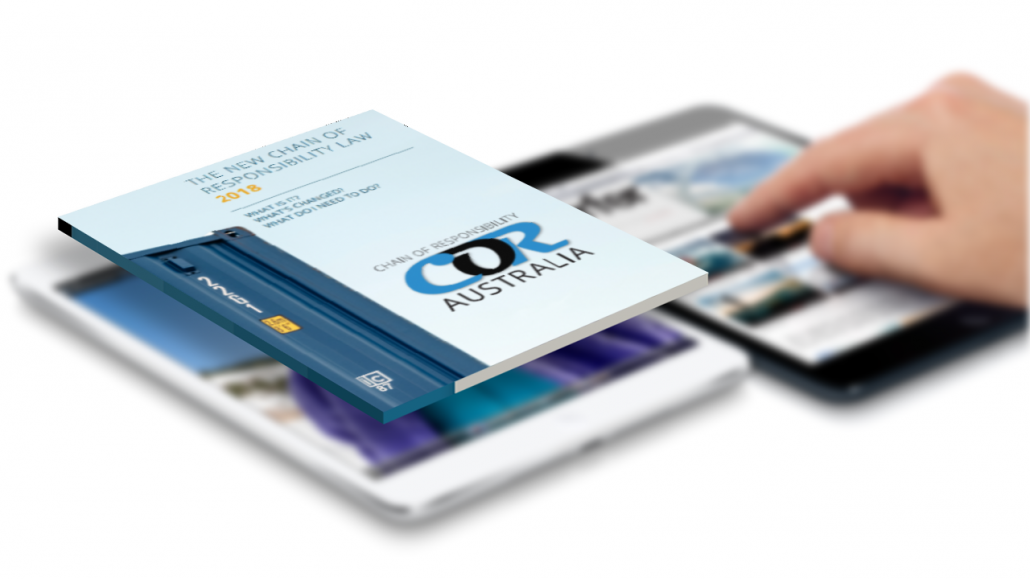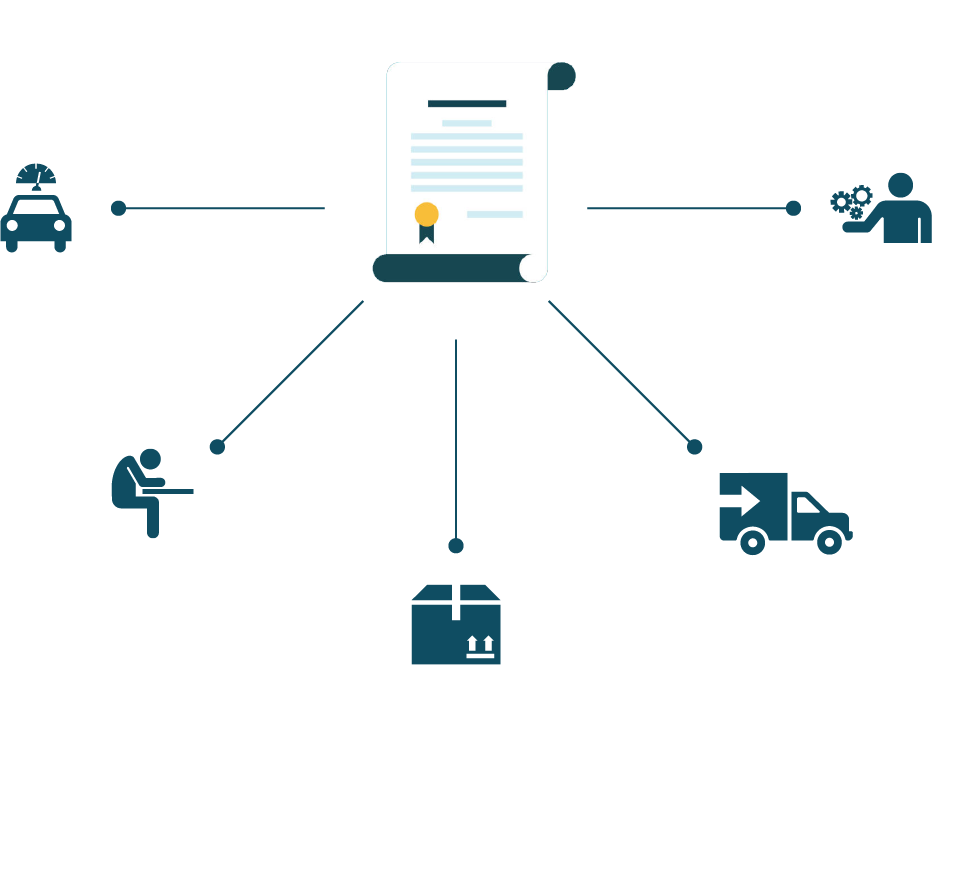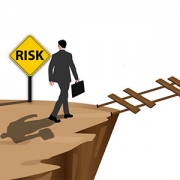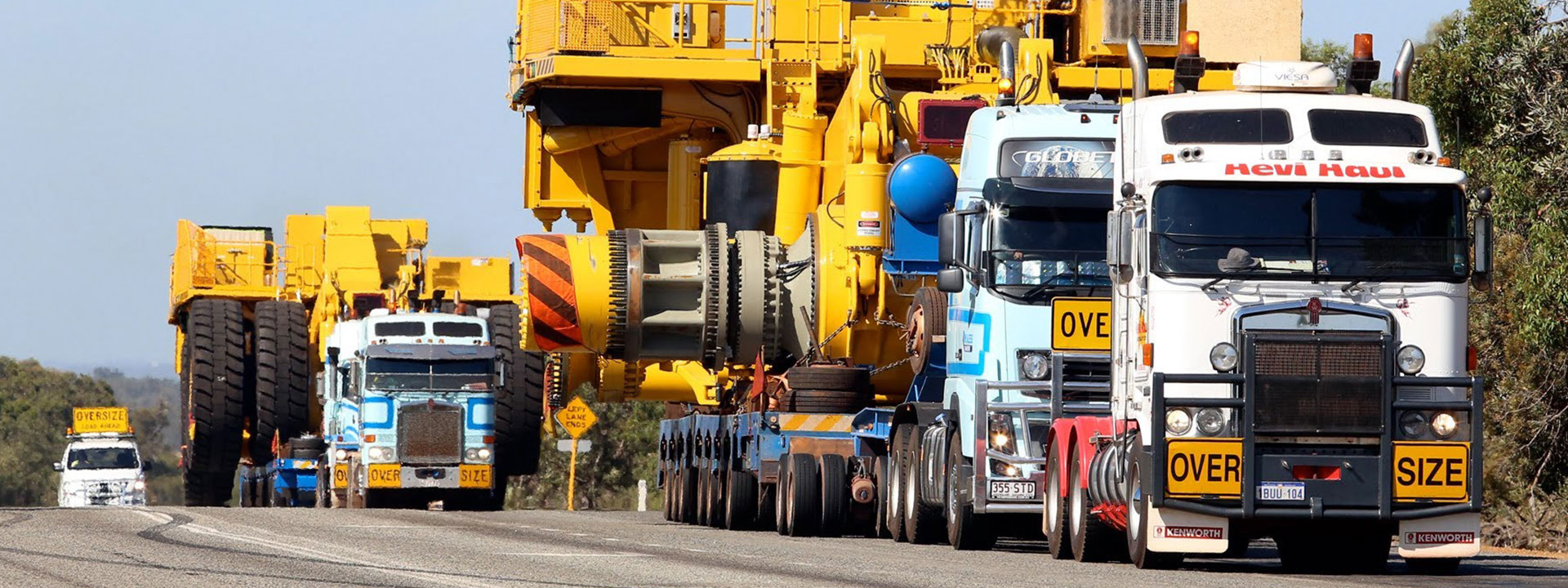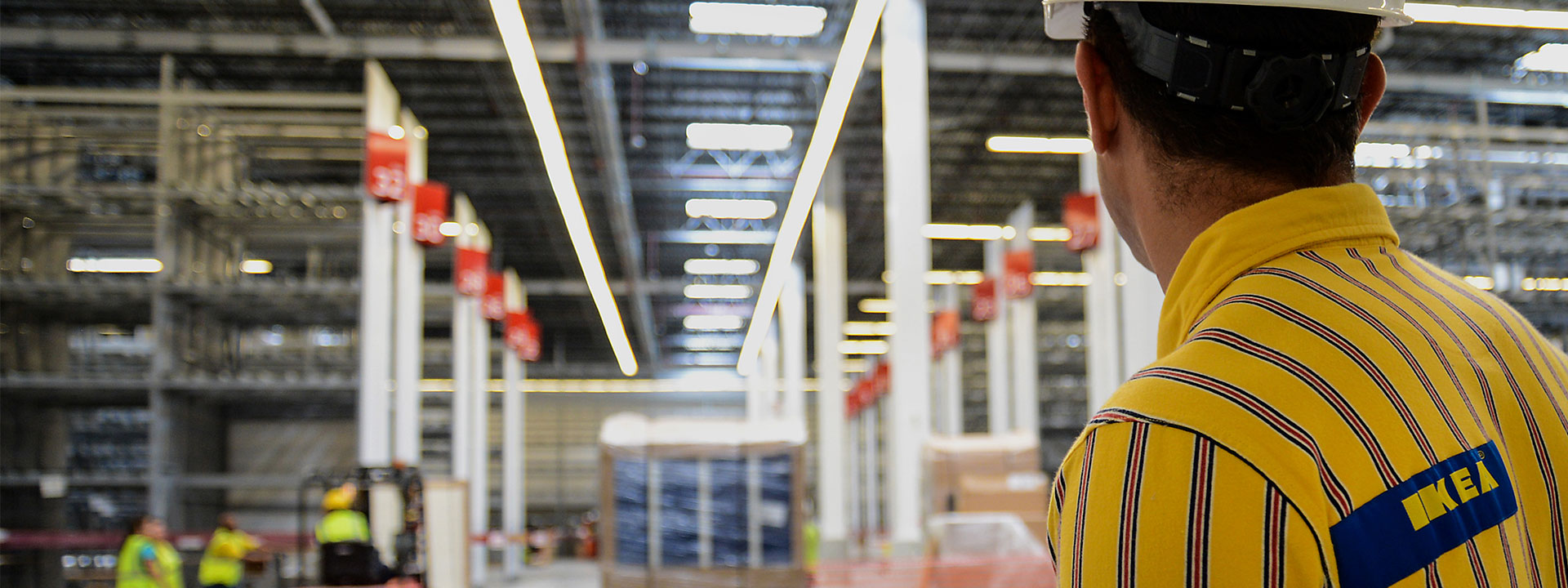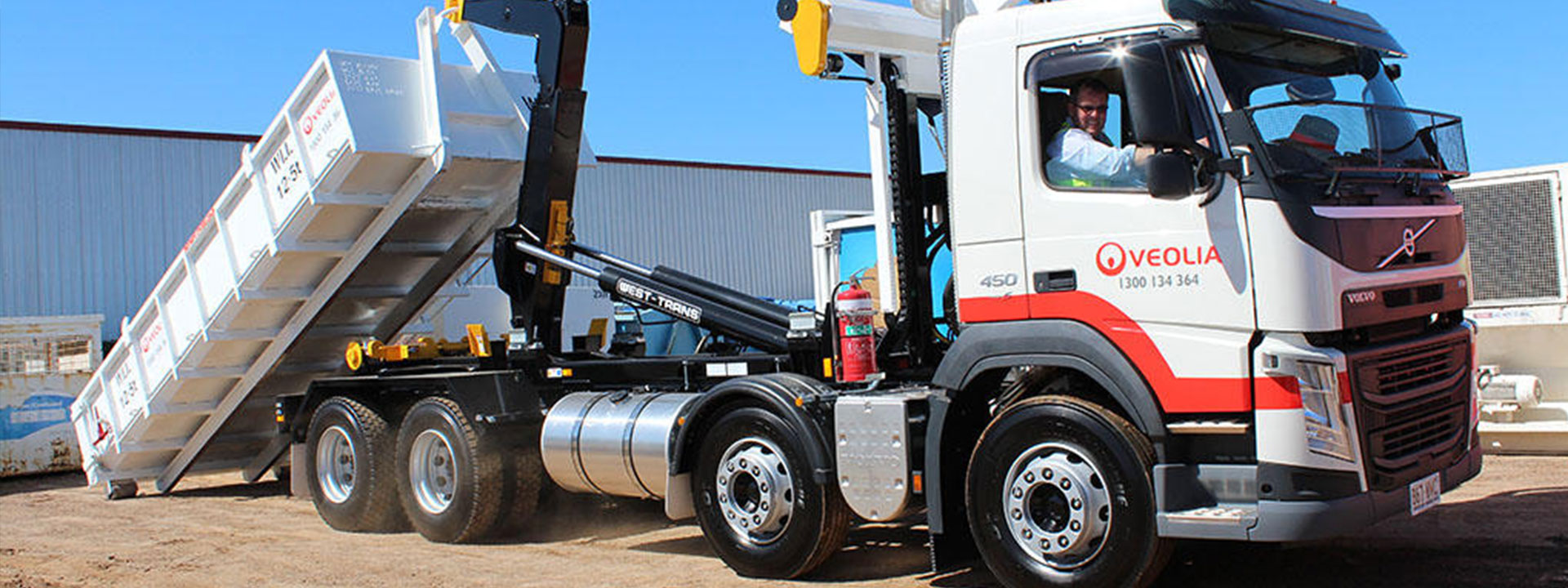You can read this White Paper below on a Mobile or Tablet as well as Desktop
CHAIN OF RESPONSIBILITY
WHAT IS IT?
DOES THE CHAIN OF RESPONSIBILITY RELATE TO ME?
There are two important questions to ask here:
- Are you a person in charge of a business or organisation that is conducting business? The official term for this under Australian Workplace Health and Safety (WHS) laws is “Person Conducting a Business or Undertaking (PCBU)”.
- Do you have heavy vehicles (over 4.5t) on, or visiting your site?
Every Person in Control of Business or Undertaking (PCBU) that has a heavy vehicle (over 4.5t) on their site is fully exposed under the Heavy Vehicle National Law (HVNL) related to offences by anyone in “the chain”.
There are also specific offences under the HVNL for directors, CEOs, managers and other personnel on site. These offences carry jail terms up to five years, and fines up to $300,000 for individuals and $3,000,000 for companies.
Consistent with WHS laws, the HVNL ignores contracts and looks to the conduct of boards and management to determine their personal liability. Accordingly, procurement, finance, safety, HR and training are critical in ensuring the supply chain does not expose a PCBU to liability.
WHAT IS THE CHAIN OF RESPONSIBILITY?
The aim of the Chain of Responsibility laws is to ensure that legal liability is imposed on all those in the transport chain who have responsibility for certain tasks where their actions, inactions or demands result in an offence.
All parties in the road transport supply chain have specific obligations under the law to prevent a breach. Under the Chain of Responsibility, complying with the law is a shared responsibility – anybody who has control over the transport task, can be held responsible for breaches of road laws and may be legally liable.

